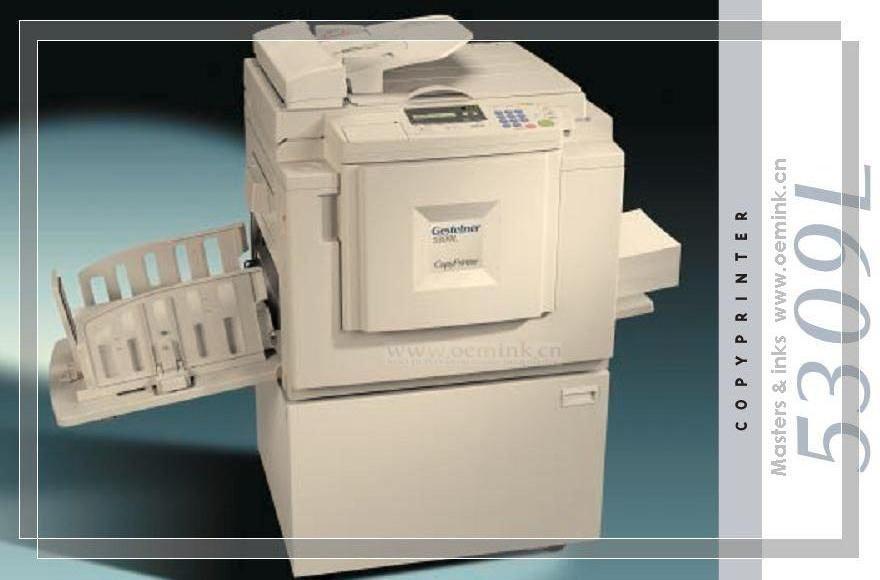Trade Dollar

Amsterdam has always been on the global stage. During its Golden Age in the 17th century, it was the center of trade and the wealthiest city in the world. Today, it endures as a gateway capital, well connected to the continent with high-speed rail, an airport that flies to more than 300 destinations and a top five European port.
People from 180 different nations call Amsterdam home. A service center called the Expatcenter makes acclimating easier for international companies and skilled immigrants. Despite the influx, the capital remains distinctively Dutch.

The Trade dollar was a classic case of killing two birds with one stone. The United States had more than enough silver, and the coin being larger than a standard silver dollar would use more. One major variety of the 1875 S Trade Silver Dollar features the Type 1 (Type One or Type I) Reverse. The Type 1 reverse was the earlier design used on Trade Dollars minted from 1873 through 1874 and some of them from 1875 through 1876. This design features an extra berry on a branch under the eagle claw on the right side of the portrait. This 1874-CC Trade Dollar has nice eye appeal with nice luster and nice strike. The coin has been very lightly cleaned in the past.


This is a city of bike paths and canal routes. There are more bicycles than people here. Fifty-eight percent of the populace rides their bikes daily. The famous canals--more than 60 miles of them--are lined with elegant merchant houses and some 2,500 houseboats.
Trade Dollars For Sale
Renaissance and Modernist architecture are featured in the city but in uniquely Dutch versions. The Dutch Renaissance style is marked by tall, narrow townhouses and stepped gables. The early 20th century movement known as the Amsterdam School is rooted in Expressionism and Art Deco. It’s noted for its high ornamentation such as decorative brickwork, round shapes and doors that speak to the skills of homebuilders. The neighborhood of Rivierenbuurt boasts many fine examples.
Trade Dollar 1791
The heart of Amsterdam is the Canal Belt area, or Grachtengordel. The area is a UNESCO World Heritage site. The Jordaan district, once a working class area, and Plantagebuurt are now two desirable addresses. The Museum Quarter is the site of the most important institutions in the country including the Dutch national Rijksmuseum and the Van Gogh Museum, as well as coveted residential areas. Oud-Zuid, or South, is an affluent locale of well-preserved homes, toney shopping and, for expats, good access to international schools. For international buyers, there are no restrictions on real estate purchases.